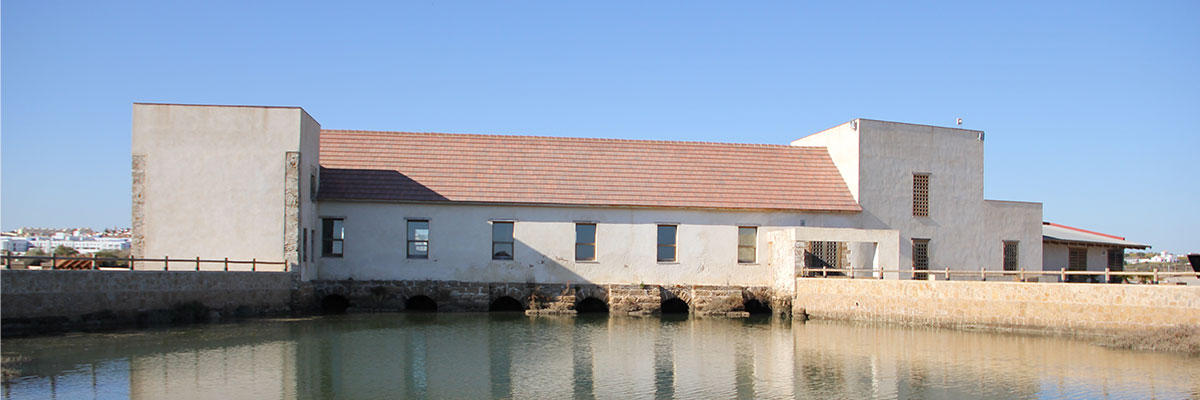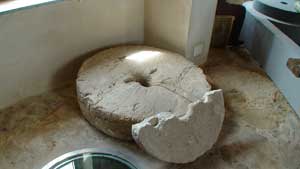
Ayamonte’s eco-museum Molino el Pintado officially opened its doors in 2009 after a complete restoration of the mill which was a ruin until the Coastal Authorities funded the rebuild to the tune of 653,000 euros.
The Junta de Andalucia completed the fitting out of the mill as an eco-museum, thanks to an agreement reached with the Environment Department and Ayamonte Town Hall.
This Mill or should I say Eco-Museum was one of the most important tidal mills along this coast and it has had its ups and downs over the centuries.{rokbox title=|See Molino El Pintado Video Here| size=|854 505| album=|demo|}http://www.youtube.com/watch?v=mjoeY6j0Gm8{/rokbox}
Manuel Rivero Gonzaléz, El Pintado, the person who the Museum was named after, first restored this mill to its former glory in the 18th century. By the way El Pintado ( the marked one)nickname El Pintado comes from the marks left on Manuel Rivero’s body after he came down with the smallpox. Manuel Rivero who came from a modest background built up trade connections with the Americas and became a wealthy trader. On marrying Juana Inocenio Díaz Cordero (Ayamontina) they together built an empire based around their life in Ayamonte. And many of the important buildings like the Casa Grande and pieces of art belonging to the town were donated by the Rivero family.
The Mill itself also benefited from Manuel Rivero’s trading links, with his ships bringing in Oyster stone from Cadiz to restore the Mill. This stone can be clearly seen as you enter the first section of the Eco-museum, it was an expensive building material at the time but once again highlights the generousity of Manuel Rivero “El Pintado”.
The mill itself had six different milling stones which were manned by a single person, with the front area of the mill serving as the living quarters for the miller’s family.
The museum not only gives the history behind the building of the mill and the Rivero family but it also goes into detail about how these marshlands were formed.
As you enter the museum you can see how the Isla Cristina marshlands came about, there are detailed diagrams on the formation as well as samples of each section of the formation.
The museum has the latest audio visual technology and visitors are given special headphones which are automatically activated by infrared as you enter each area.
“Unlike before, where you had to press a number, here you just walk into the exhibition area and the audio guide will start up for that specific area. The only thing the visitor needs to control is the volume on his or her unit.
The second area of the museum shows how the marshlands provided a way of living for the local people, from the salt flats (see more here) to fishing.
It also shows how many species now live in this protected park, everything from mallard to black headed gulls. The marshlands, which cover an area of 2,145 hectares, were declared a national park in 1989.
The main hall in the museum is where you can see the internal working of a mill and all the tools that were used to keep the mill running.
The mill itself produced flour which was shipped from Ayamonte on boats along with all the other produce which the Rivero family sold around the world. Fruit and flour were the two main cargos shipped from the mill here in Ayamonte.
The eco-museum Molino el Pintado is open Tuesday to Friday, 10 am to 2pm and 4pm to 6pm. Admission is free.